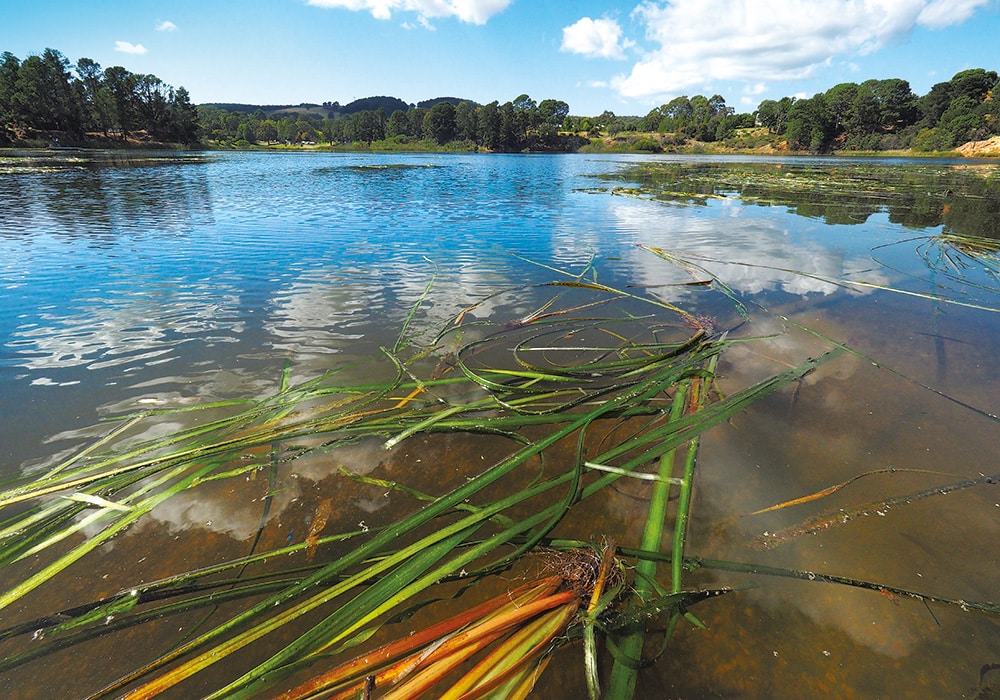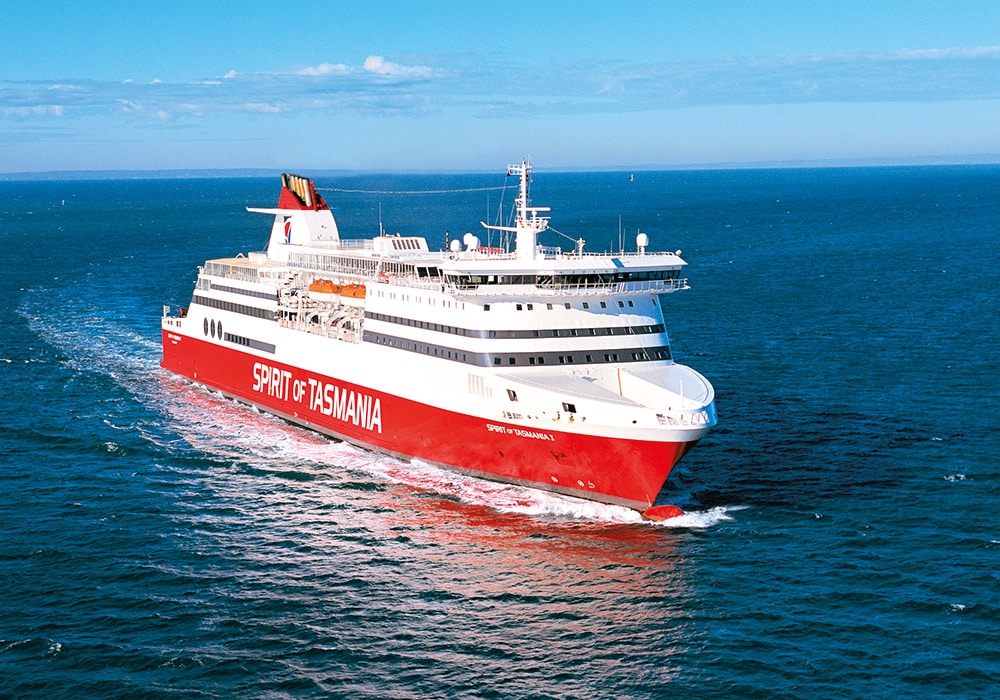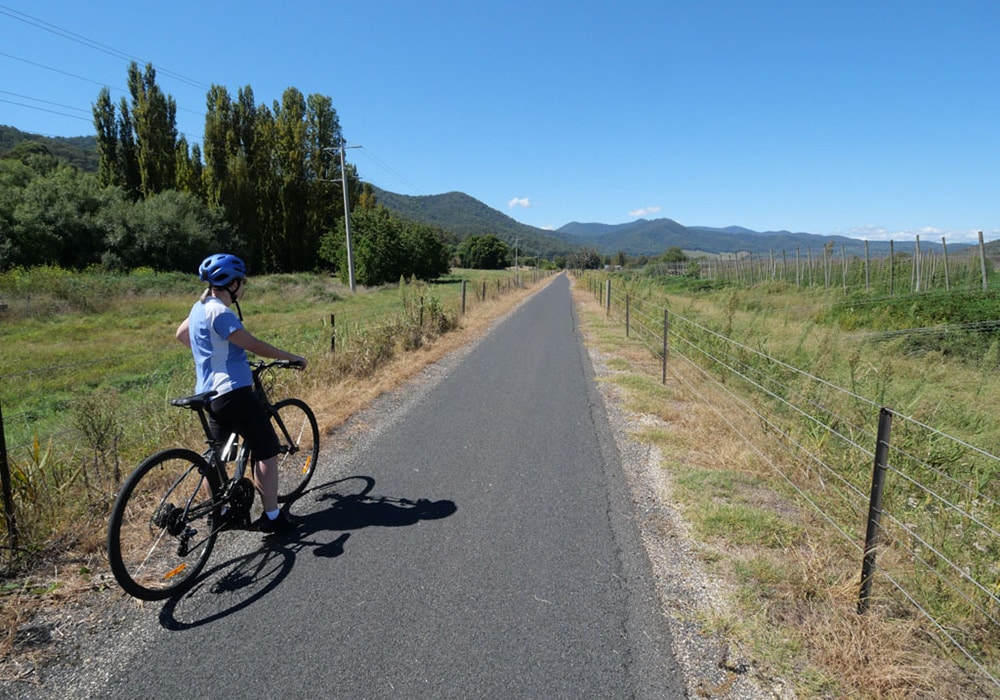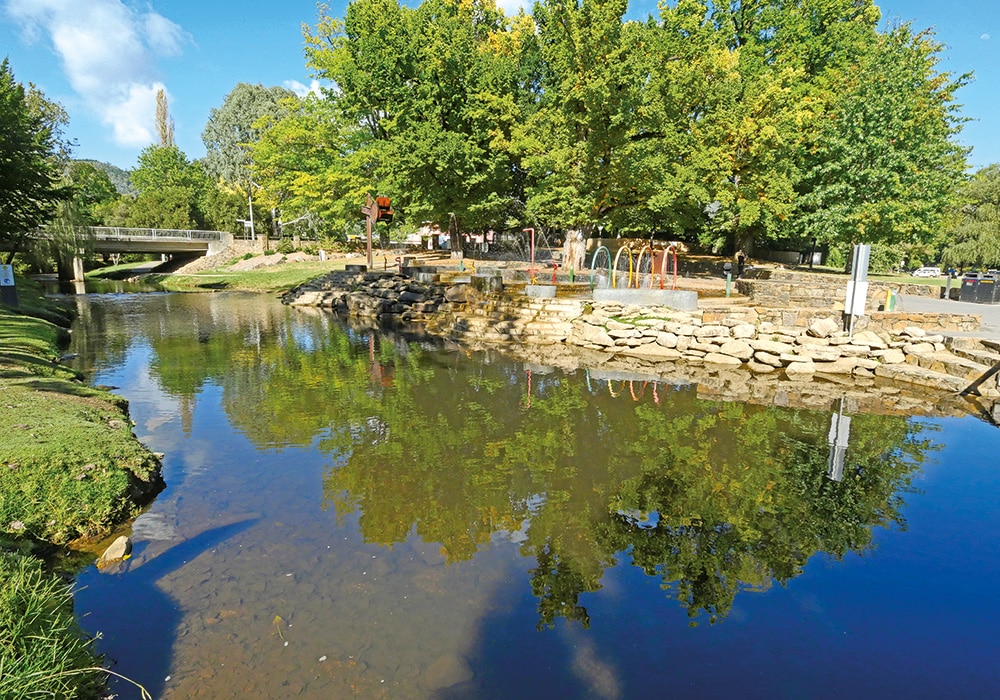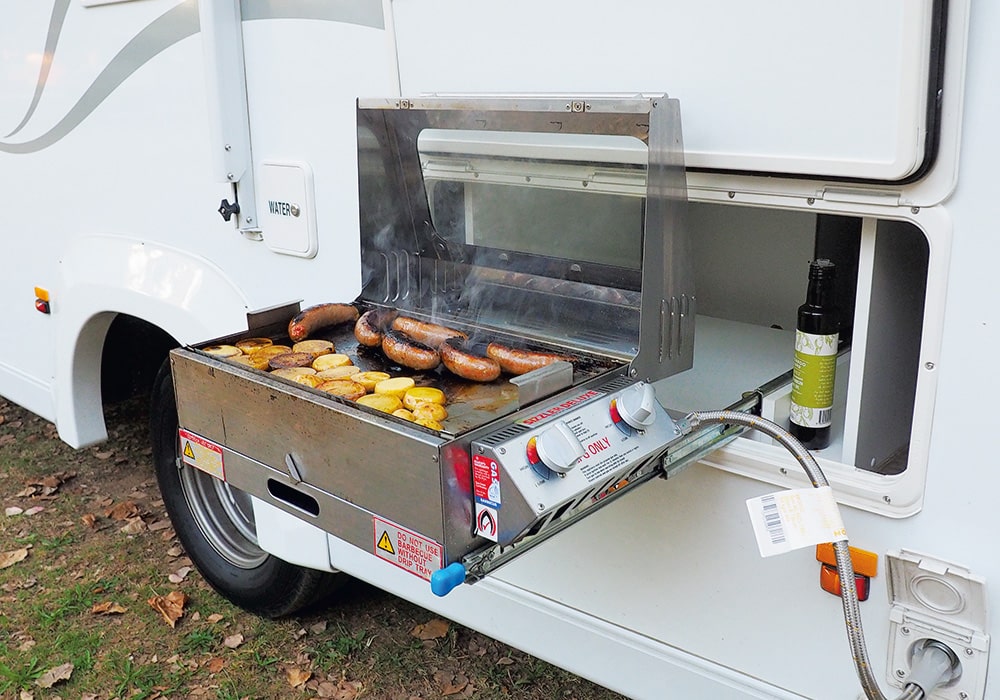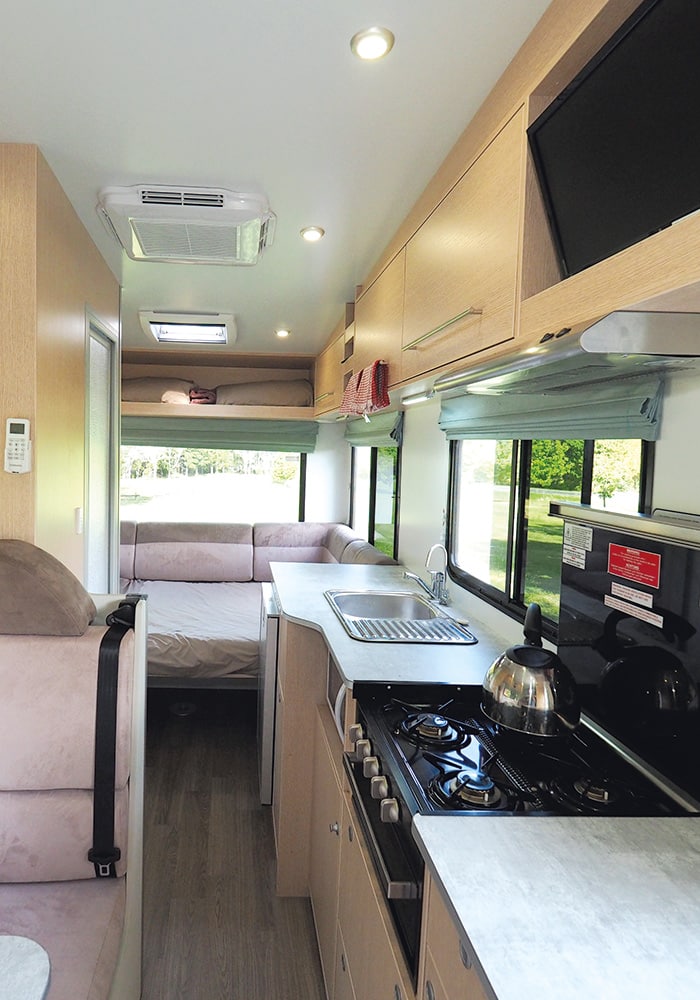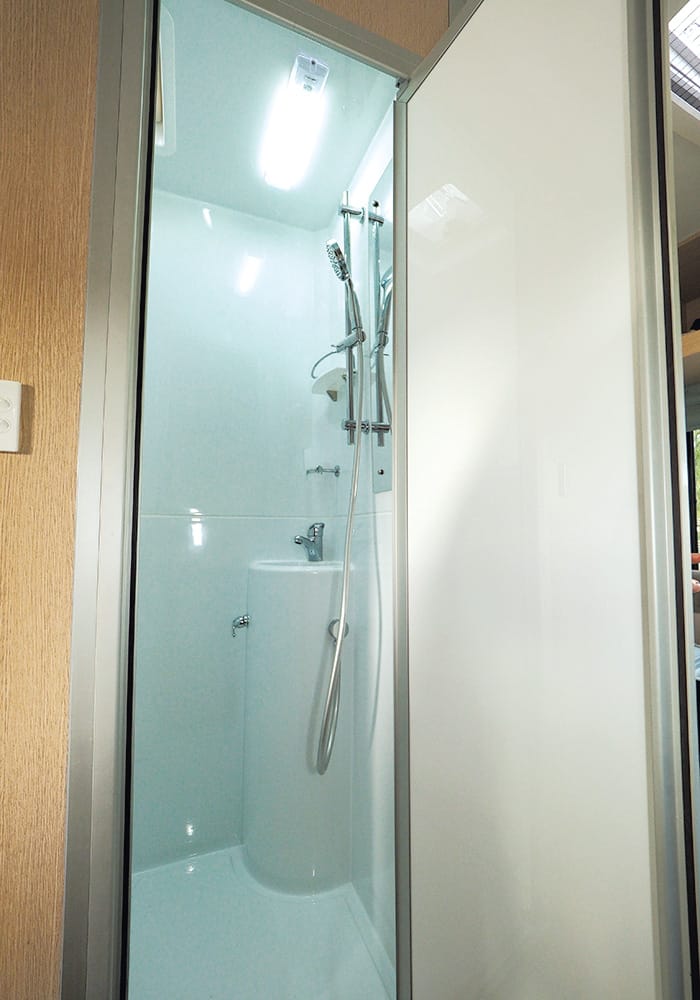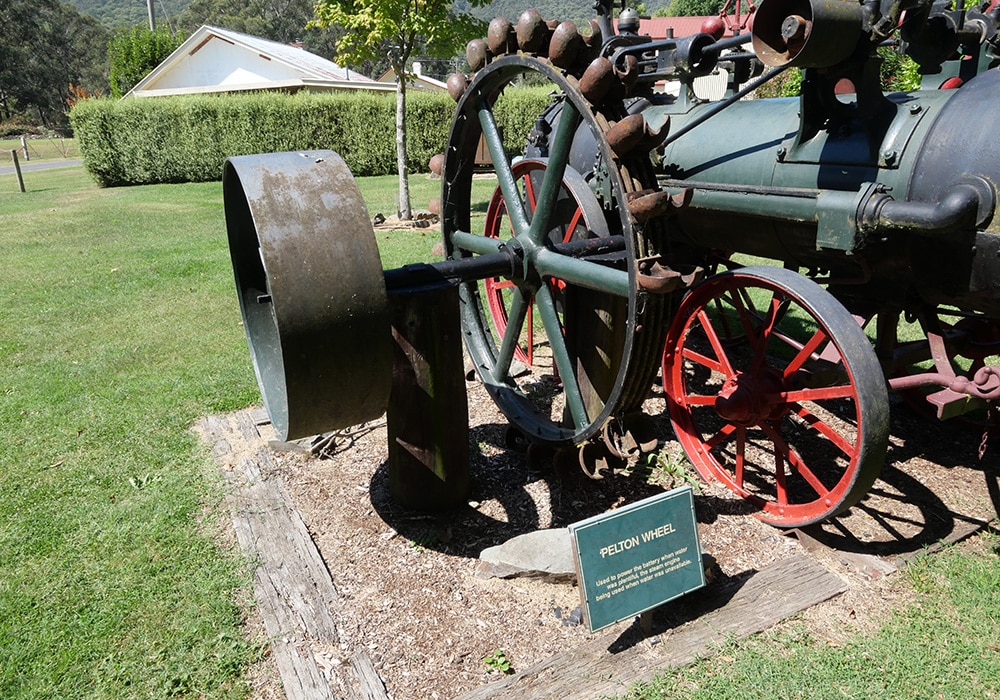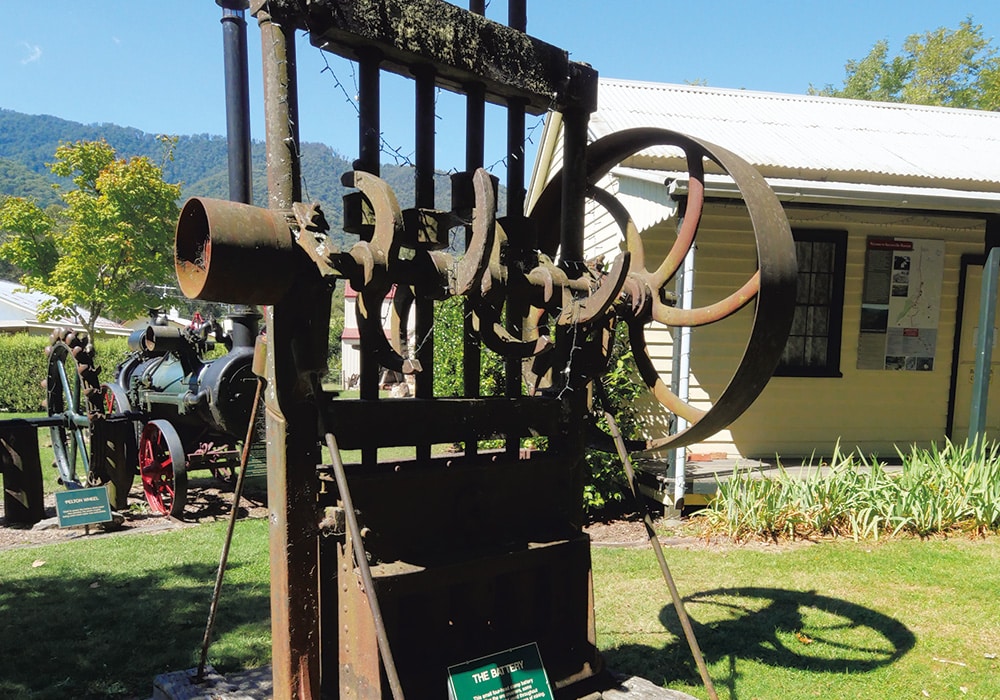RELOCATING IN STYLE
As international travel starts to open up again, our near neighbour across the Tasman has much to offer. Malcolm Street, mixing a bit of business with pleasure, relocates a motorhome across three eastern states.
There are a number of motorhome hire companies in both New Zealand and Australia. All have motorhome fleets of varying numbers and sizes, which from time to time are in one place and are required in another. Instead of using company drivers, several rental operators advertise “relocations” for a nominal cost, and between a variety of destinations. We were looking for a short notice holiday, and opted for a drive from Hobart, Tasmania to Sydney, New South Wales, in a Maui River six-berth motorhome. It gave us an opportunity for a road trip and a catch-up with friends along the way.
Undertaking a relocation drive is a great and reasonably economical way to enjoy motorhome travel, both domestically and internationally. I have done it a number of times, in New Zealand, Australia, Canada and the USA. It does require a certain amount of flexibility with travel dates but is also great for short notice holidays. Just like any motorhome trip, a certain amount of planning is necessary, particularly if a ferry crossing is involved. After that it’s simply a matter of hitting the road and enjoying the sights.
HITTING THE ROAD
The direct road distance between Hobart and Sydney is about 1000km, but we ended up travelling about 1700km, not including the Bass Strait ferry crossing. We had six days to complete our journey and enough km allowance to allow for a number of side trips. Realistically, we had a choice of either touring through Tasmania and then more or less driving directly from Melbourne to Sydney, or driving directly to Devonport, where the ferries cross Bass Strait to Melbourne and after the ferry crossing, spending our touring time in Victoria or NSW. We opted for the latter. After having the necessary familiarisation process and doing all the necessary paperwork for the motorhome, we were on our way.
Tasmania is an island state and somewhat geographically different from the rest of Australia. There are no vast tracts of at open land, but more hills and mountains in a relatively small area. The climate is a little different too, resulting in much more greenery. Tasmania has a rich history, and although we were heading directly for Devonport, we made time to visit historic towns like Richmond and Ross. There’s plenty of old and beautifully built sandstone buildings to gaze at, and stopping to have a wander around is recommended. There are also wineries to be assessed and any number of café and restaurants offering tasty delights.
ON THE STRAIT
For crossing Bass Strait, there’s a choice of a daytime or a night crossing. We opted for the night crossing in order to make the best use of our day travel time. For our relocation, Maui had paid for the motorhome and driver, leaving us to pay A$130 (NZ$145) for one passenger at covered us for recliner seats (think plane seats but larger with more space), which were better than expected. Getting on to the ferry was relatively easy, although at one point, there was a bit of tight manoeuvring to get around a raised car deck! Access to the car decks isn’t allowed once the ferry is in motion, so pack a small bag for overnight needs.
Early start aside, disembarking was a fairly painless process at 6.00am – a good time to be negotiating the streets of Melbourne.Since the city wasn’t on our agenda, we headed north. A useful leaflet discovered on the ferry gave details of a trouble-free way of getting around regional Melbourne along the West Gate Bridge and Western Ring Road. It’s also the toll-free way – toll roads in a motorhome can be expensive in both Melbourne and Sydney. Away from the ferry, our first stop was at a roadside service centre. Not having any shower facilities on the ferry (being in the cheap seats) meant a wash and brush up was necessary. One of the benefits of a fully self-contained motorhome is that we could eat a leisurely breakfast while waiting for the LPG water heater to do its job before a shower and a spruce.
RAIL TRAILS
Our next destination was the town of Bright, in northeastern Victoria. It’s a sub alpine town and winter sports destination – something of a cross between Queenstown and Wanaka but without the lake; it has the Ovens River instead. We didn’t have our skis with us this time; instead we planned on checking out the rail trails that abound in this area. With a number of bicycle hire shops in town, with everything from lightweight hybrid bikes to heavy duty mountain bikes, we enjoyed day rides to Myrtleford and Harrietville.
A point to note here is that Bright, like many tourist places in Australia, is a busy place. We neglected to book ahead for a caravan park, and although we stayed at the BIG4 caravan park close to town for three nights, we had to move each day to a different site. For those who like to enjoy the good things in life, Bright has plenty of cafés, restaurants and wineries to satisfy every desire. That includes the Bright Brewery; even if beer tasting isn’t your thing, it has an excellent restaurant too.
THE MOTORHOME
Naturally, relocation trips are all one way; consequently we flew to Hobart to pick up a Maui River six-berth motorhome. Although there were only two of us, I opted for the six-berth because we like a bit of space when we travel. Based on a Mercedes Benz Sprinter 516CDI, the River has an external length of 7250mm. That might sound like a long rig, but it’s quite an easy driver. The 2.1 litre turbo diesel engine delivers a maximum of 120kW of power and a decent torque of 360Nm via a 7G-Tronic automatic gearbox. The vehicle’s rear view camera was much appreciated when manoeuvring.
Built by Action at Albany, in Auckland, the River has an interesting body design feature; the luton peak is neatly integrated into the roof line rather than looking like an afterthought. Tinted glass windows are fitted all around and the habitation door is a standard item with a separate insect screen. It wasn’t a concern as we were just renting, but the external storage is a bit limited with just two rear lockers, one of which is taken up by a very handy external BBQ, something we used on several occasions.
Six-berth motorhomes are quite popular in the rental world. The River has a standard layout of a club lounge/bed in the rear, dinette/bed mid-motorhome and a luton bed above the cab. The upside is a very flexible layout, the downside is the only fixed bed is in the luton, meaning a scramble up and down the ladder. For this reason, we opted to make up the rear lounge as a permanent bed and use the forward dinette for eating and as a work table. We simply used the luton for storing unused bedding and towels. Filling up the rest of the house area was a well sized kitchen bench along the nearside and the bathroom cubicle mid offside.
There’s plenty of internal storage in the River, although the overhead lockers were quite a stretch. Since our travel involved a plane flight, we weren’t carrying much luggage and didn’t fill all the cupboards. It wasn’t really a problem in our case but for smaller motorhomes it’s often handy to use soft sided bags for travel. That way they can be folded down and stored more easily when not being used.
BEECHWORTH GOLD
Although it’s possible to cycle from Bright to nearby Beechworth, a distance of 60km, we opted to relocate to this historic town to check a few more rail trails, Beechworth being part of the Murray to Mountains Rail Trail system. Staying at the excellent caravan park that overlooked Lake Sambrell was an opportunity to test out the motorhome’s off -grid abilities. Beechworth is well known for its gold mining history, historic buildings and culinary delights of all kinds. There’s also a winery or two as well as the bakery this town is famous for.
HOME RUN
Our time in this charming part of Victoria at an end, it was time to head for Sydney to return the motorhome. This was achieved quite easily by heading to the Hume Freeway and heading north for a slightly less than interesting but speedy trip up the freeway. We made life a little more interesting by including a stop at the famous Dog On The Tuckerbox monument and tourist attraction at Gundagai.
If you’re going on a road trip like this, something that everyone, particularly the inexperienced, should keep in mind is the 3400m motorhome height. Low bridges and country towns where the road camber has the motorhome leaning close to shop awnings and the like can really take the shine off your trip – as well as the motorhome!
MORE INFORMATION
Available motorhome relocations – imoova.com
Ferry bookings – spiritoftasmania.com.au
Ferry costs vary considerably and based on length and
height. A motorhome and two passengers (with recliner seats)
will cost somewhere between A$410 (NZ$460) and A$569
(NZ$635) depending on the time of travel.
See other Australian destinations here

